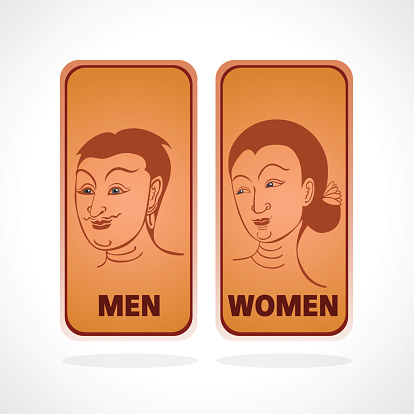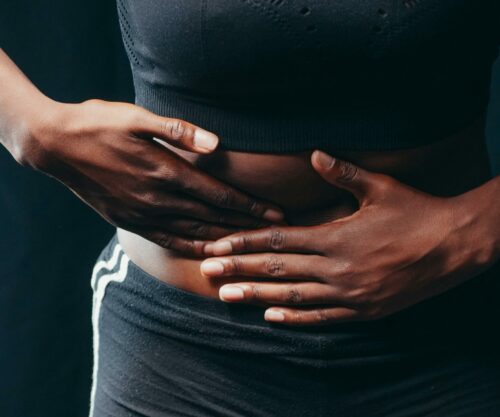
With this week being bladder weakness awareness week, we thought it would be appropriate to bring you some facts about lack of bladder control.
Lack of bladder control can be embarrassing and frustrating, but knowing you are not alone may be comforting. TENA brings us facts on bladder weakness.
- Bladder weakness is widespread and affects women and men of all ages, but is twice as prevalent in women.
- Bladder weakness becomes more prevalent with age in men.
- On average, bladder weakness affects one in four women, and one in eight men.
- 10 to 60 percent of women report bladder weakness at some stage in their lives, while 40 percent of women have experienced it related to pregnancy and childbirth.
- 25 percent of women aged 35 or older have experienced bladder weakness problems, while it affects 15 percent of women older than 40 regularly or daily.
- Obesity is the single most modifiable risk factor when it comes to managing bladder weakness. Excess body weight puts strain on the pelvic floor. Maintaining a healthy weight through good eating habits and regular physical exercise can result in improved bladder control.
- Exercise and dietary changes are a vital part of managing bladder weakness properly, and exercises to strengthen the pelvic floor, where indicated, result in a marked improvement of symptoms.
- Under-hydration is as much of a factor as over-hydration in managing bladder weakness. Incontinence experts recommend 30ml of fluid per kilogram of body weight as a healthy fluid intake.
- Eating a healthy diet can also contribute to better bladder health. Common bladder irritants include alcohol, caffeine, dairy products, sugar, sweeteners, corn syrup, honey, citrus fruits, tomato-based foods and spicy foods.
- Treatment depends on what is causing the problem. Behavioural training, lifestyle changes, surgery, medication, physiotherapy and medical devices may all be used separately or in combination to treat symptoms.
- Daily management of symptoms can be supported by the use of purpose-designed bladder weakness products, as sanitary towel and other home-devised methods don’t provide adequate leak protection, skin protection and odour control.





